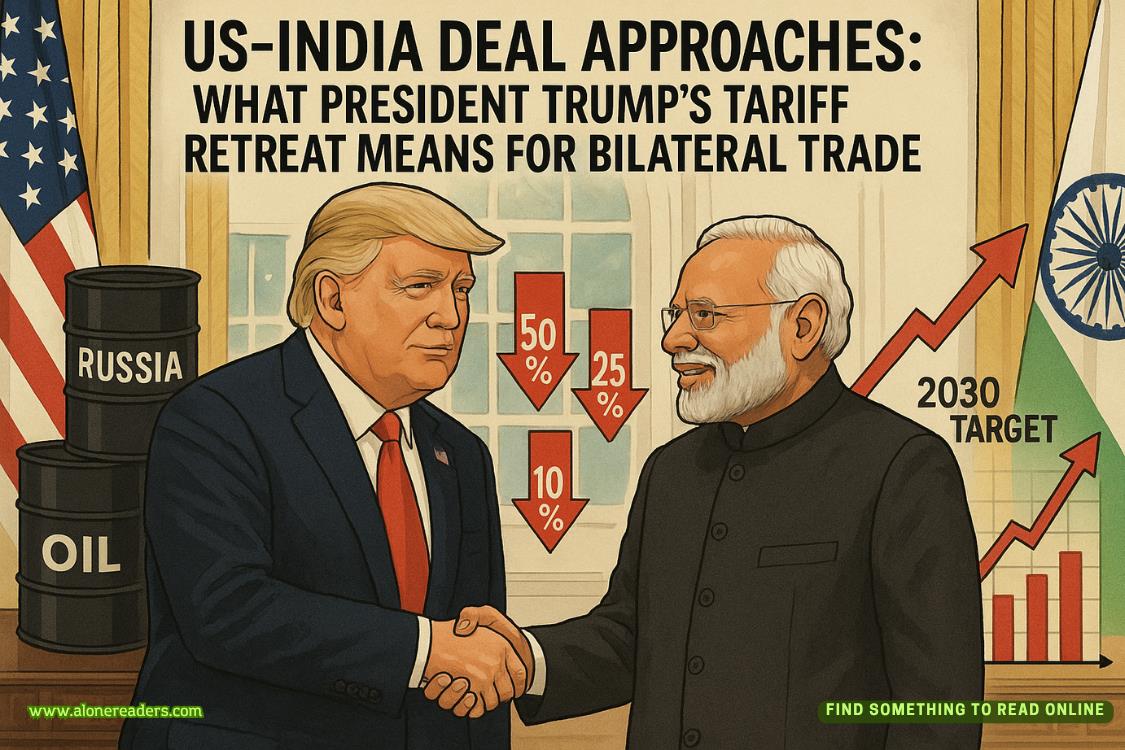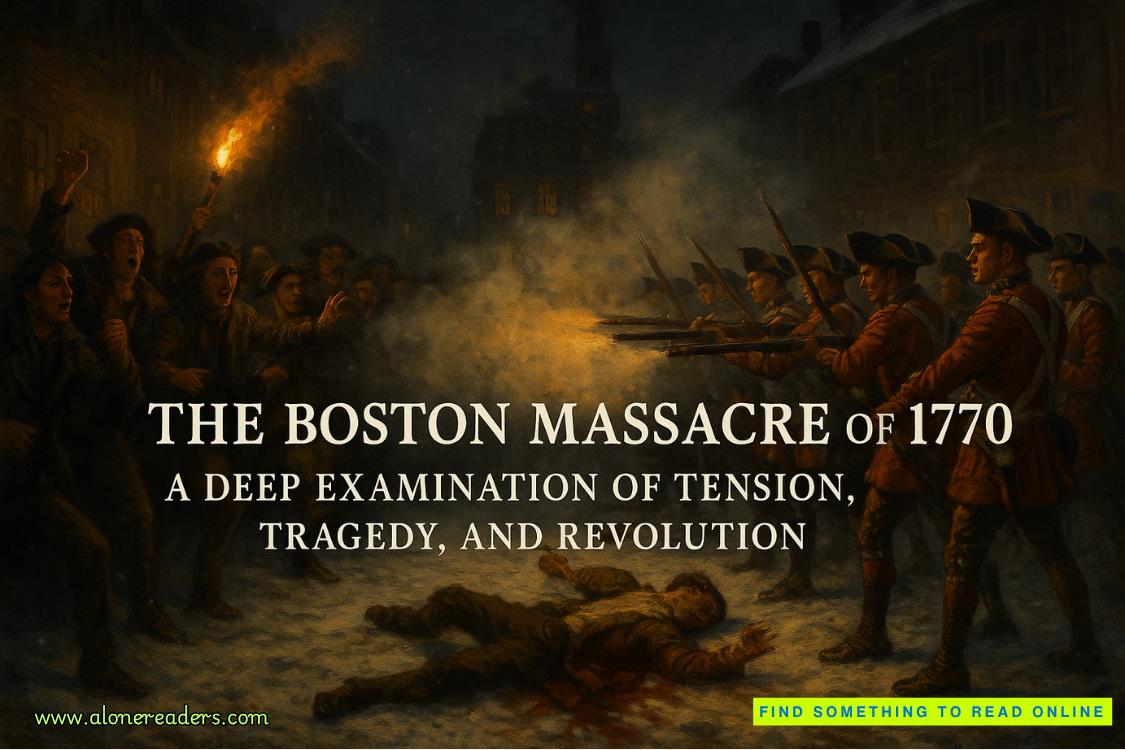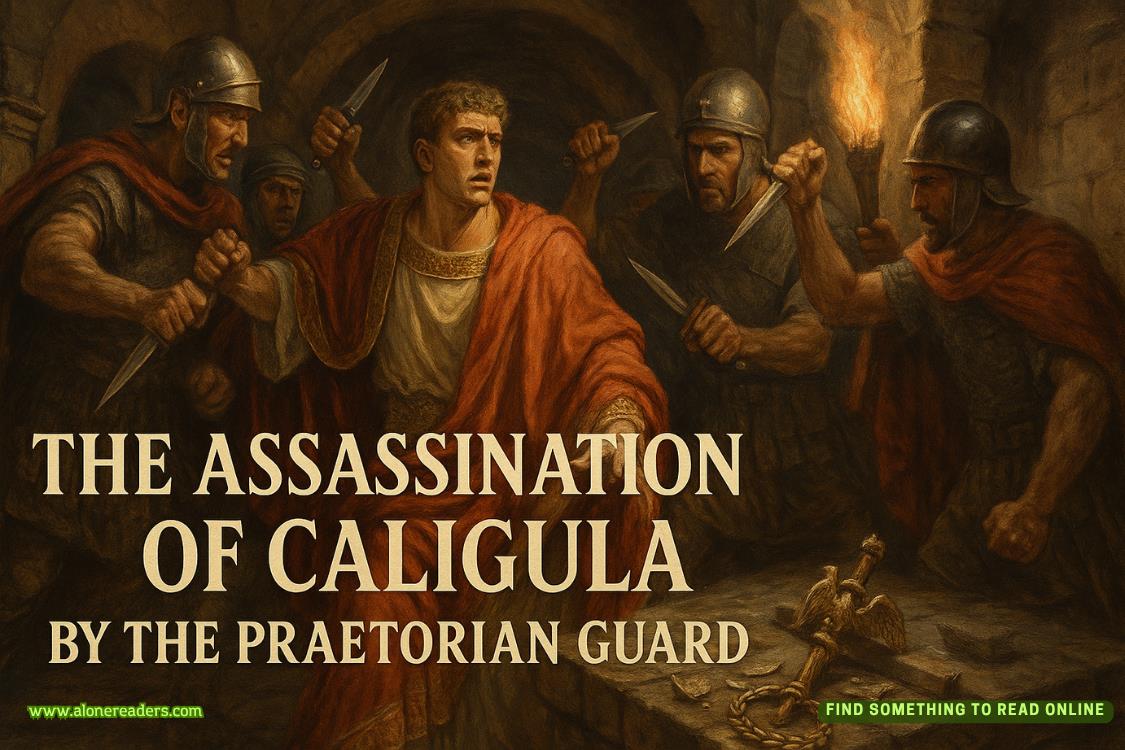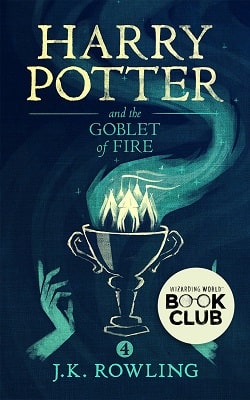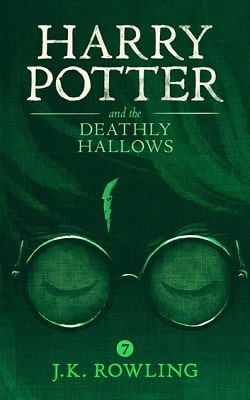A framed photograph on Redford’s cluttered desk caught Kari’s attention—the anthropologist with a small group of people in what appeared to be Canyon de Chelly, Harrington among them.
“Field research team from two years ago,” Redford explained, noticing her interest.“Mark led the geological survey while I documented cultural contexts.”
“Was Rachel Delgado involved in any of this research?”Kari asked.
Redford frowned.“I don’t recognize that name.Was she an academic?”
“Environmental activist.She was documenting illegal mining activities on protected land when she was killed.”
“Ah.”Redford nodded, understanding.“The mining dispute near the reservation boundary.That’s been contentious for years.My ex-husband covered it extensively before he moved to Seattle.”She gestured vaguely toward another photo showing her with a man beside a news van.“He was with Arizona Public Media.The divorce was three years ago, but I still can’t bring myself to remove the professional photos.Thirty years of marriage leaves deep habits.”She sighed.“I’ve never had much luck with men.”
Kari was surprised at the way Redford volunteered these details.For a fleeting moment, Kari got the impression that this was a woman who desperately wanted to be seen, known, understood.
Then Redford cleared her throat, embarrassed.“Sorry—that’s not why you’re here.Guess it’s high time I see my therapist, huh?”She let out a little laugh.
“No need to apologize,” Kari said.She gathered up the photos.“One last question.In your expert opinion, does the killer understand what they’re attempting to do with these arrangements, or are they simply copying something they’ve read about?”
Redford considered this carefully.“The arrangements are too deliberate for simple copying.There’s purpose here—a genuine attempt to perform some kind of ritual, though incorrectly.Whether they truly believe in its efficacy or are simply creating a narrative for investigators is impossible to determine from photos alone.”
“But it’s definitely someone with academic rather than lived knowledge,” Kari said.
“Without question,” Redford agreed.“No one raised in these traditions would make these particular mistakes.It would be like a fluent speaker suddenly forgetting basic grammar rules—possible, but highly unlikely.”
Kari stood, extending her hand.“Thank you, Dr.Redford.This has been extremely helpful.”
Redford shook her hand firmly.“I’m glad I could assist.Though I must say, I find the deliberate misuse of these sacred practices deeply troubling.If someone is indeed framing Navajo practitioners for these murders…” She trailed off, shaking her head regretfully.
“That’s why I need to identify the actual killer.”
“Of course,” Redford said, composing herself.“If you need any additional information about ceremonial practices or access to our archives, please don’t hesitate to ask.Though—” she glanced at her watch, “—I do have a class in fifteen minutes.”
“I should be going as well,” Kari said, turning toward the door.“Good luck with your class.”
“Thank you, Detective.Happy hunting.”
As she left Redford’s office, Kari’s mind worked through the implications of their conversation.If the killer was deliberately mimicking Navajo ceremonies to direct suspicion toward traditional practitioners, it suggested not just knowledge of the ceremonies themselves, but a calculated understanding of how law enforcement would respond.
That level of planning, perhaps, pointed to someone familiar with investigative procedures—someone who understood how cultural elements would be interpreted by outside authorities.Someone who knew how to manipulate evidence to create a specific narrative.
Someone, perhaps, not unlike her father—or Paul Daniels.
The thought was troubling enough that Kari paused in the hallway, disturbed by its implications.Not that either man was a suspect, but that the killer might come from a similar background—law enforcement, academia, or the intersection of both worlds.Someone who understood both Navajo ceremonies and FBI profiling well enough to exploit the gaps between them.
As she considered this unsettling possibility, her father appeared at the end of the corridor, walking toward her with measured steps.
“Did Elaine provide useful insights?”he asked when he reached her.
“Very,” Kari said, still processing her realization.“She confirmed my theory about the ceremonial inconsistencies, and she helped me understand something important about the killer’s methods.”
“Good.”Her father nodded.“Elaine knows her field better than most.If she’s validated your assessment, that carries significant weight.”
“Enough weight to convince Daniels to reconsider his profile?”Kari asked skeptically.
Her father’s expression suggested doubt.“Paul tends to trust his own analysis, especially when it aligns with established patterns he’s seen before.”
“Even when those patterns don’t apply to Navajo cultural contexts?”
“Particularly then,” her father said with unexpected candor.“The Bureau trains its agents to recognize universal behavioral patterns.Cultural nuance often gets classified as secondary detail rather than primary evidence.”






